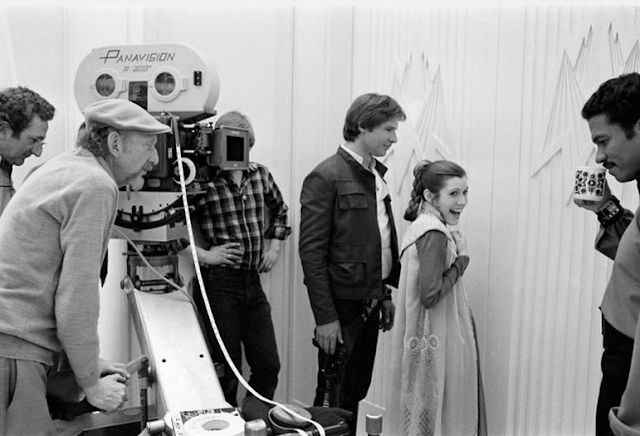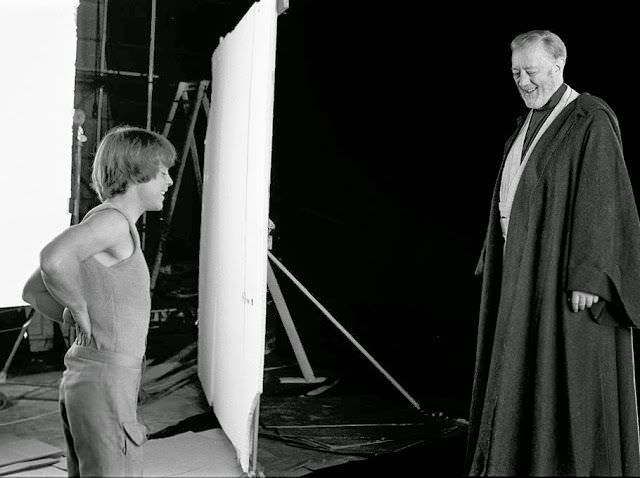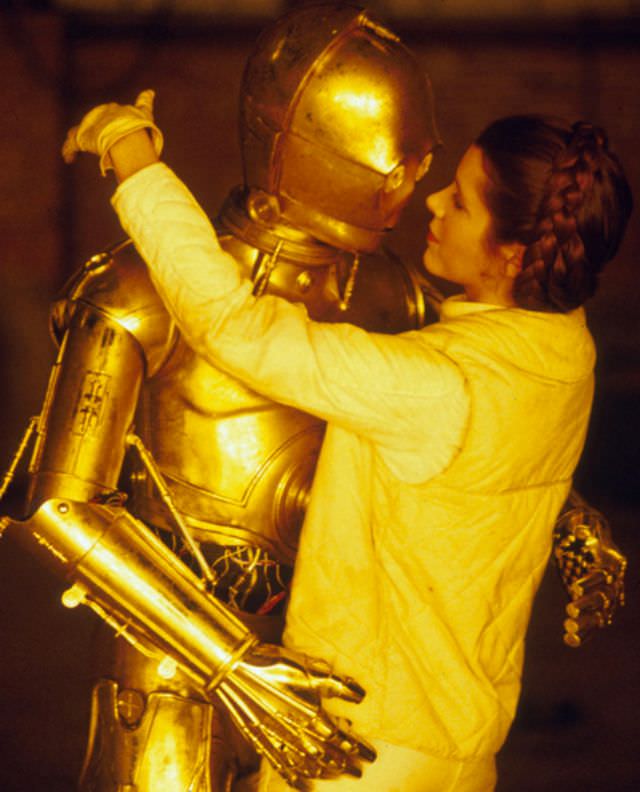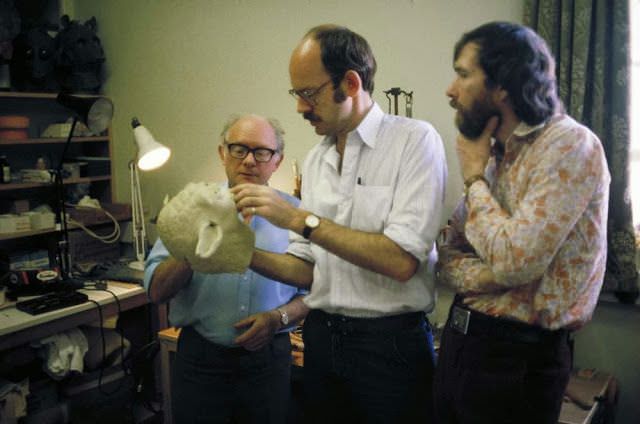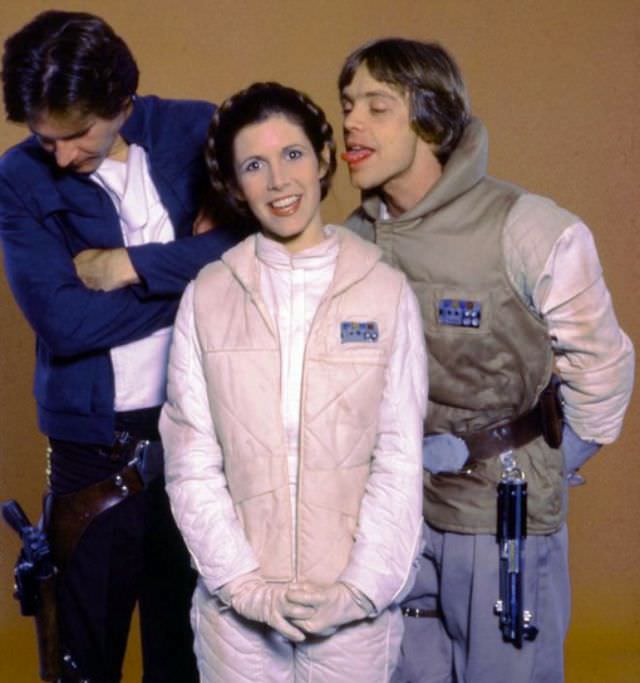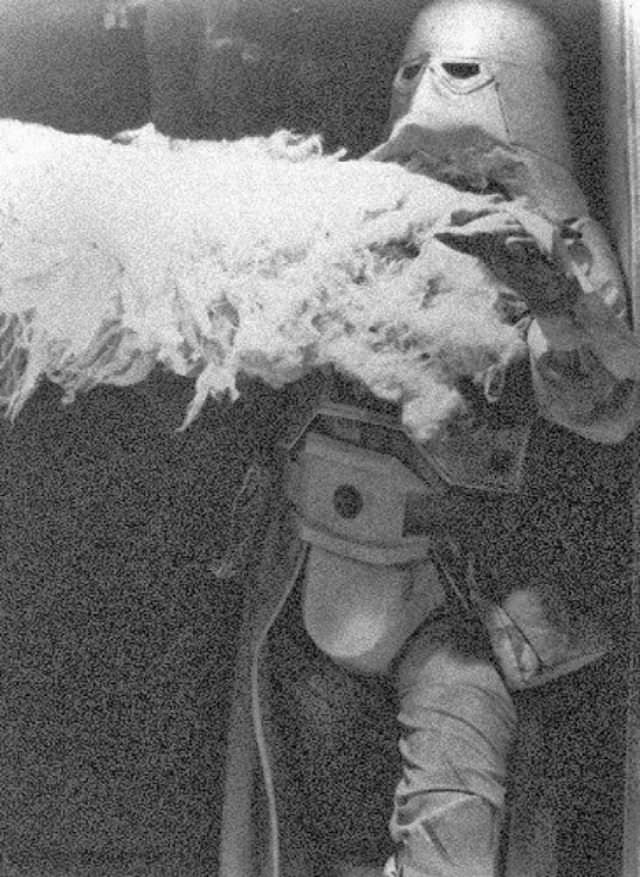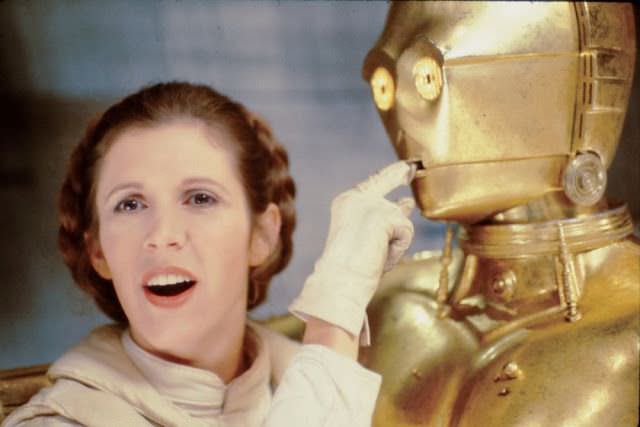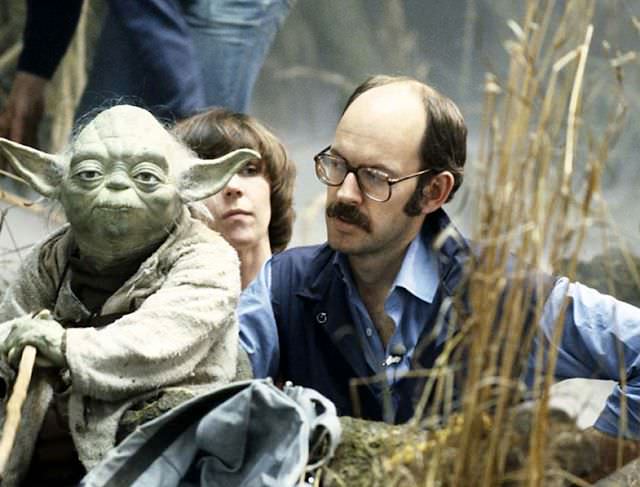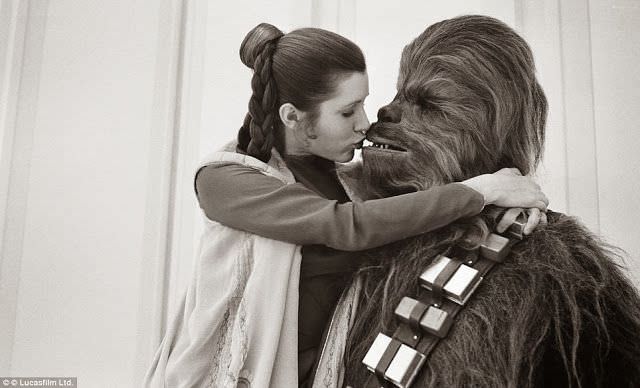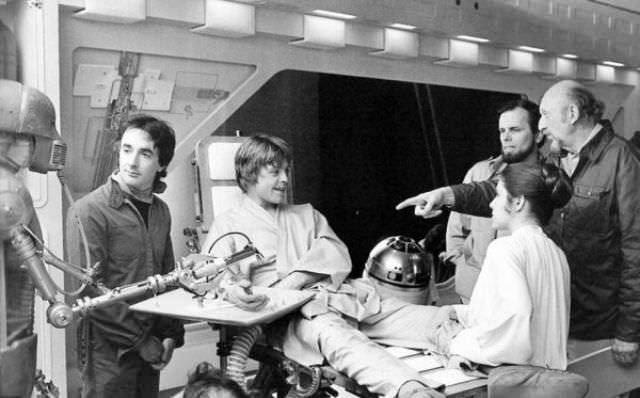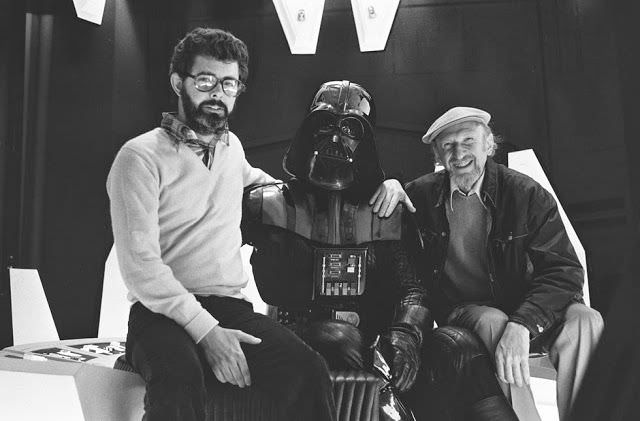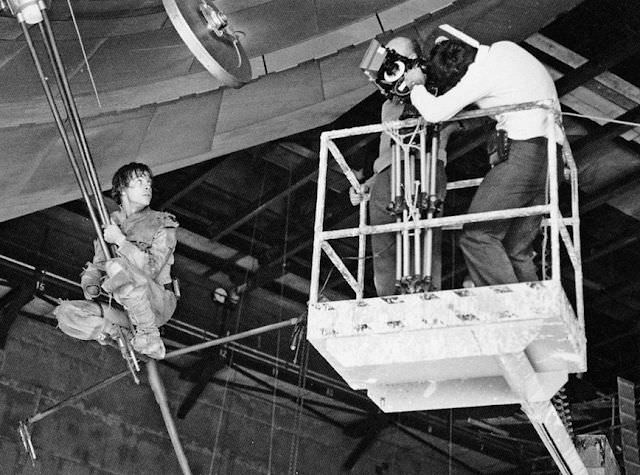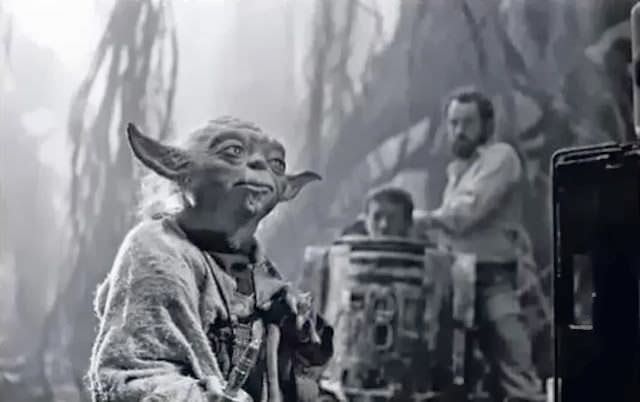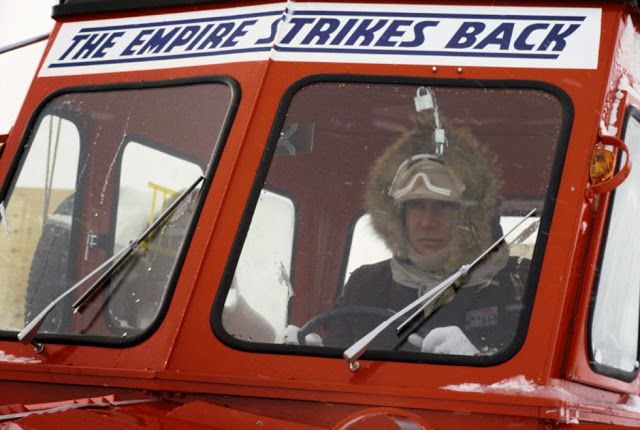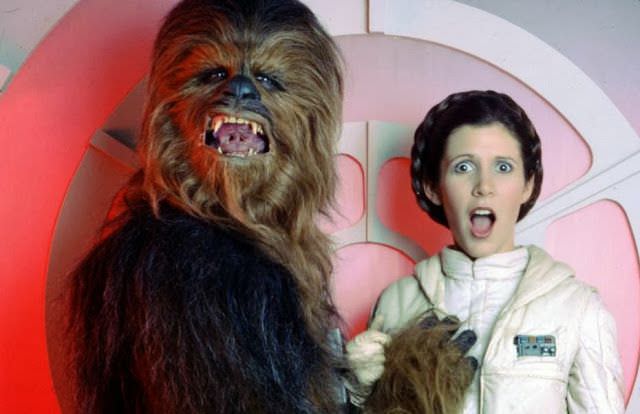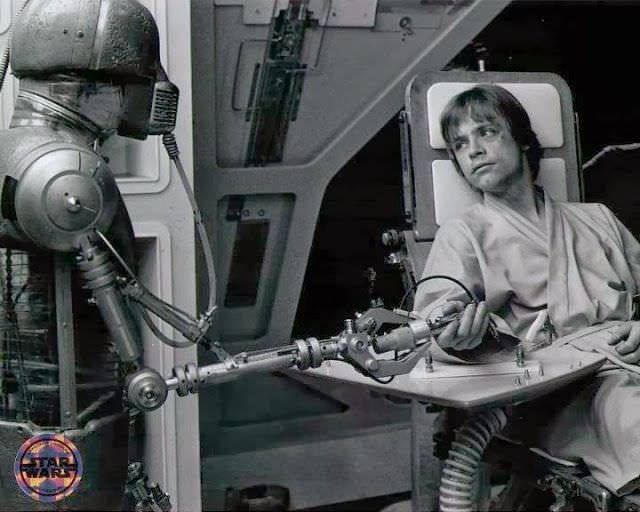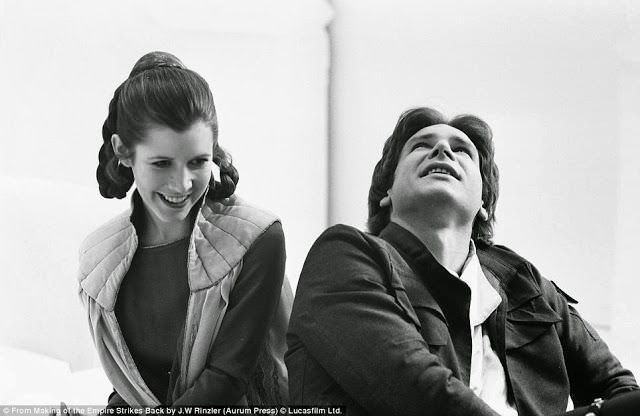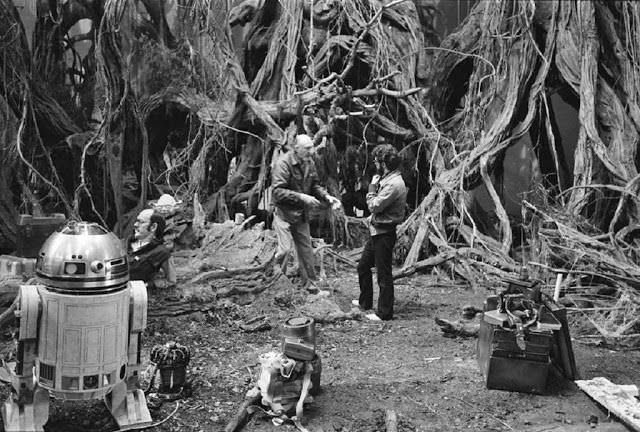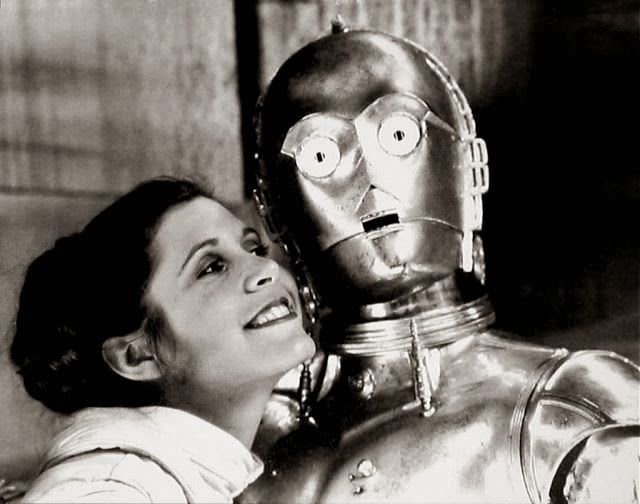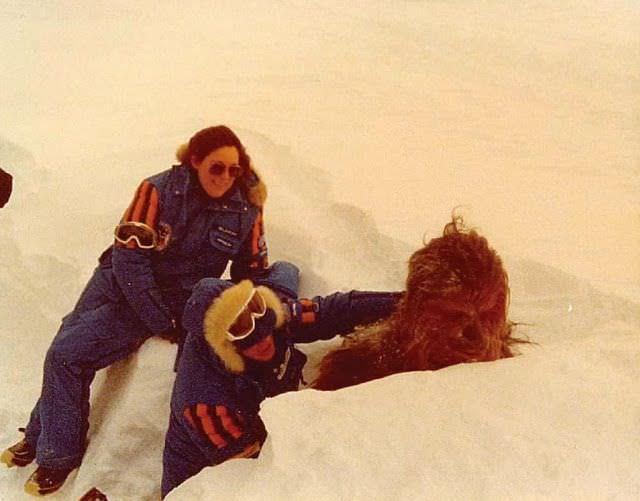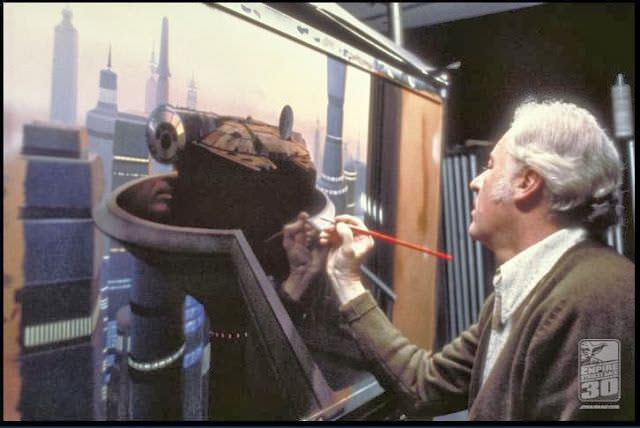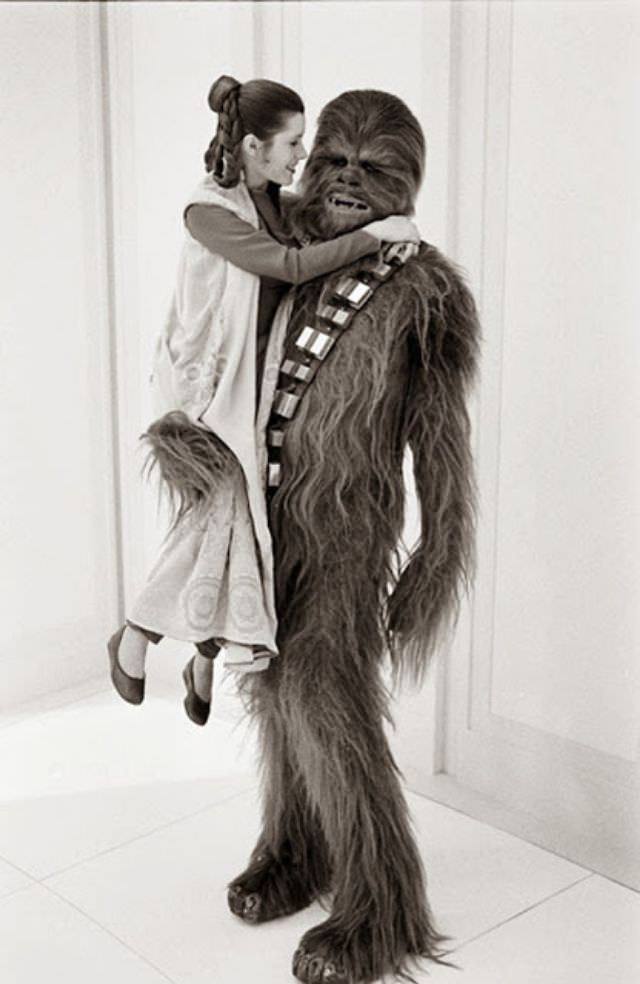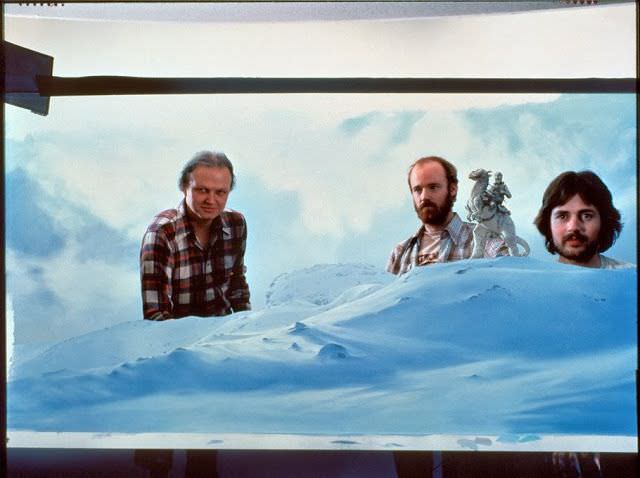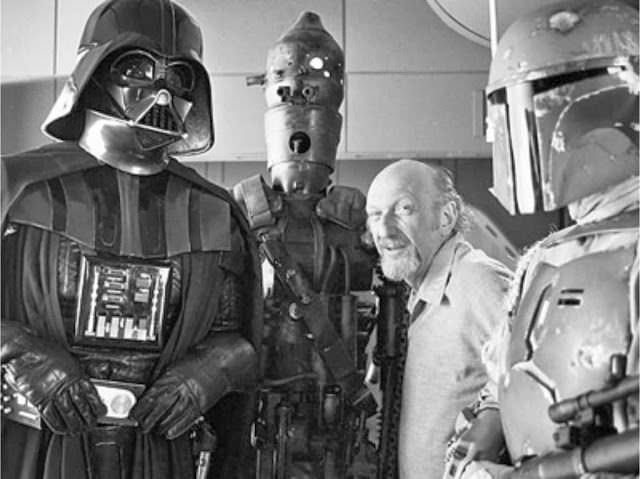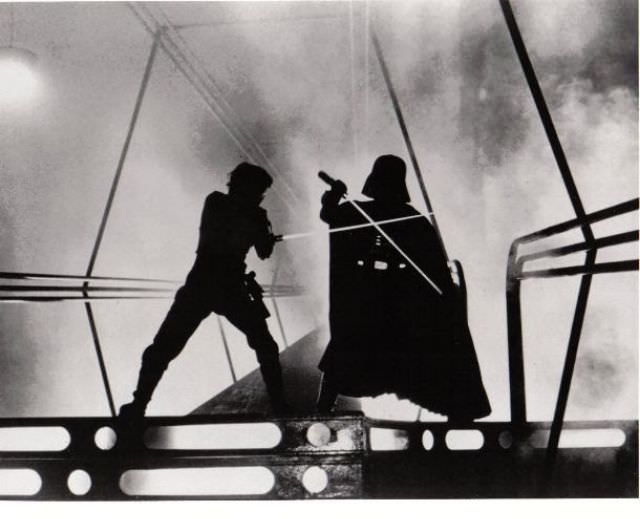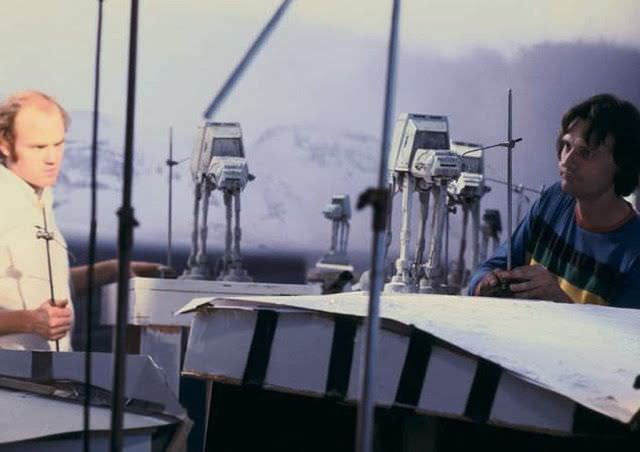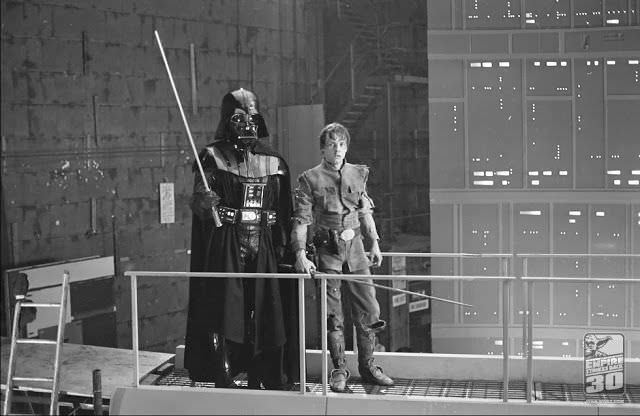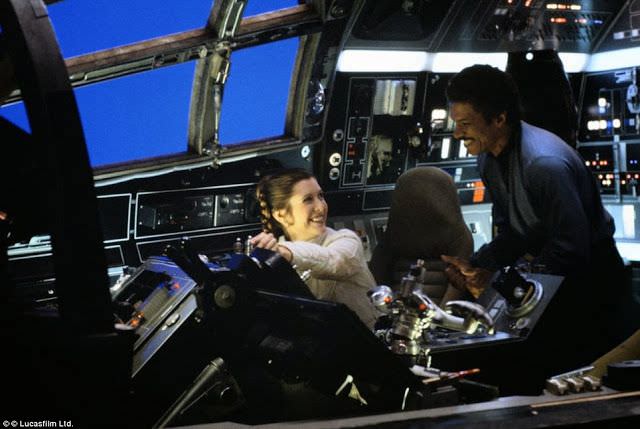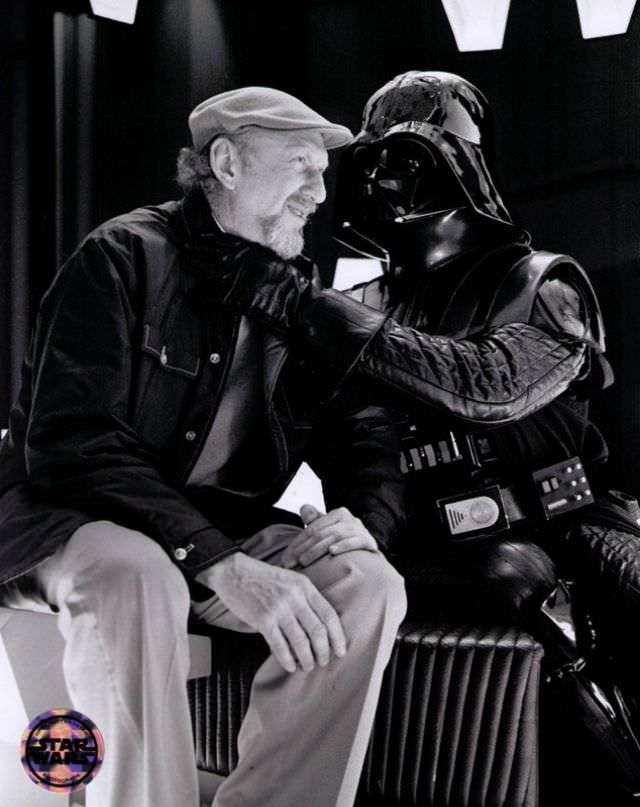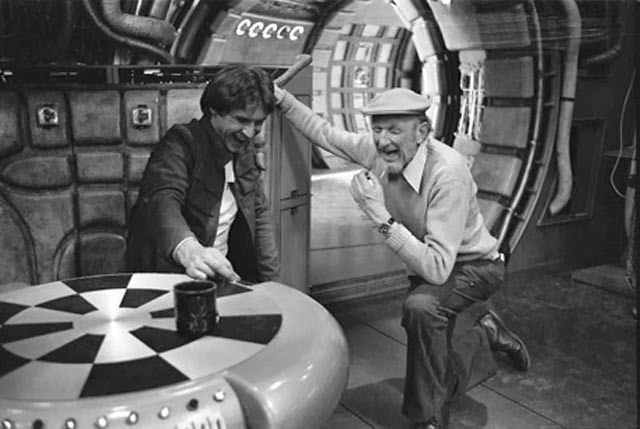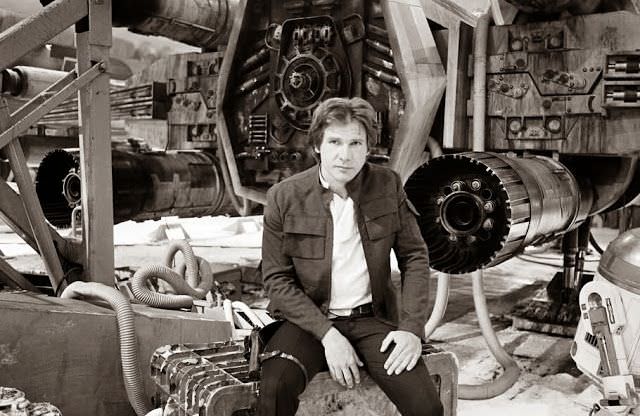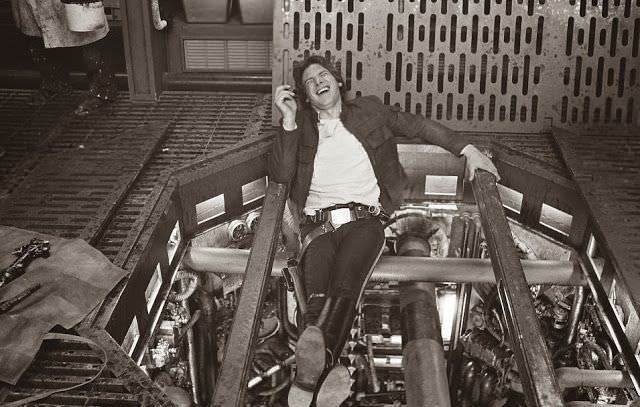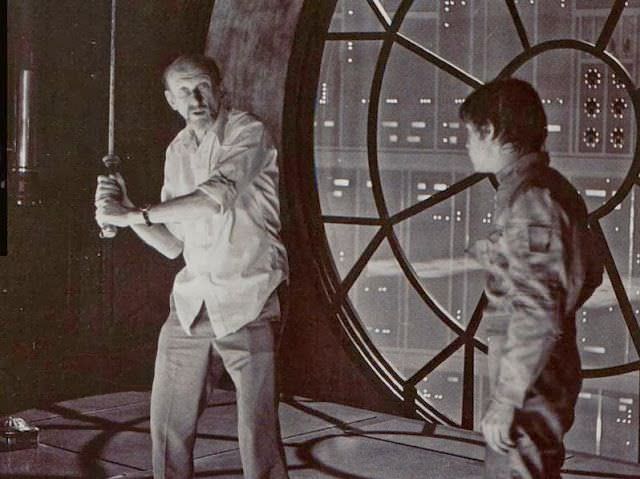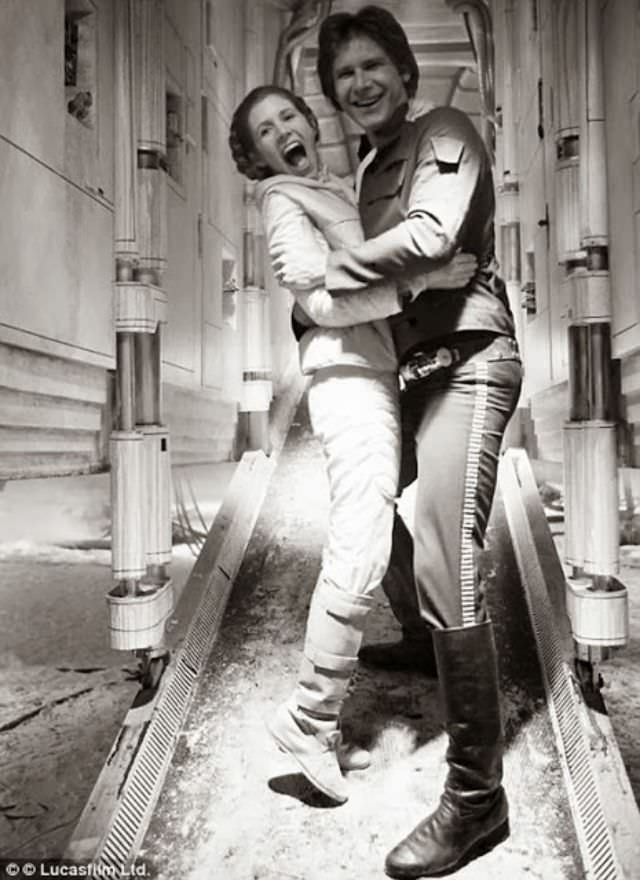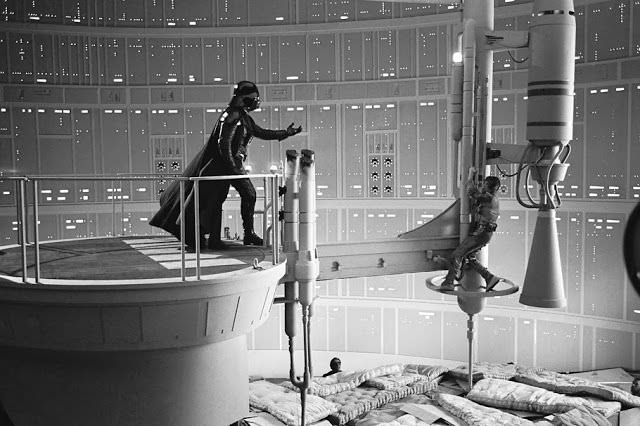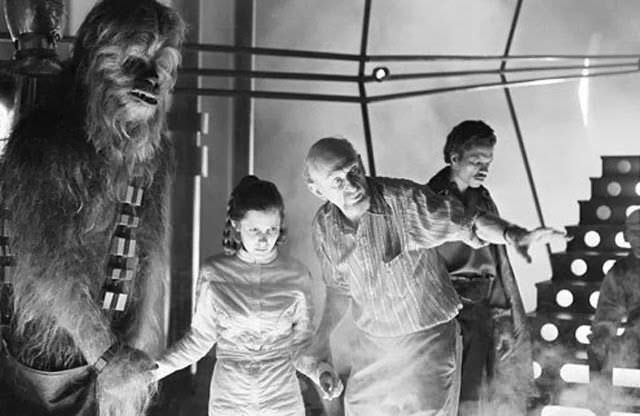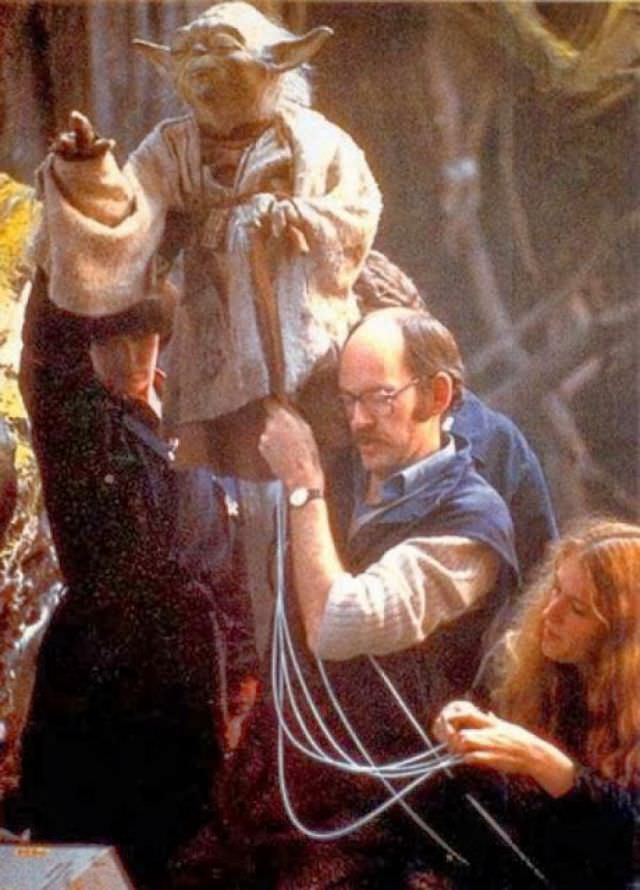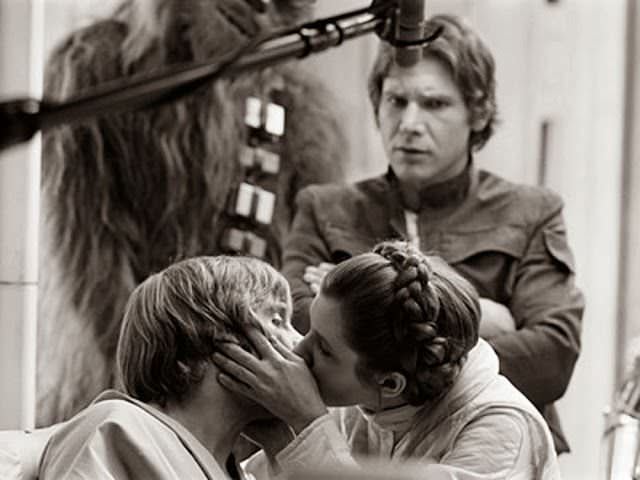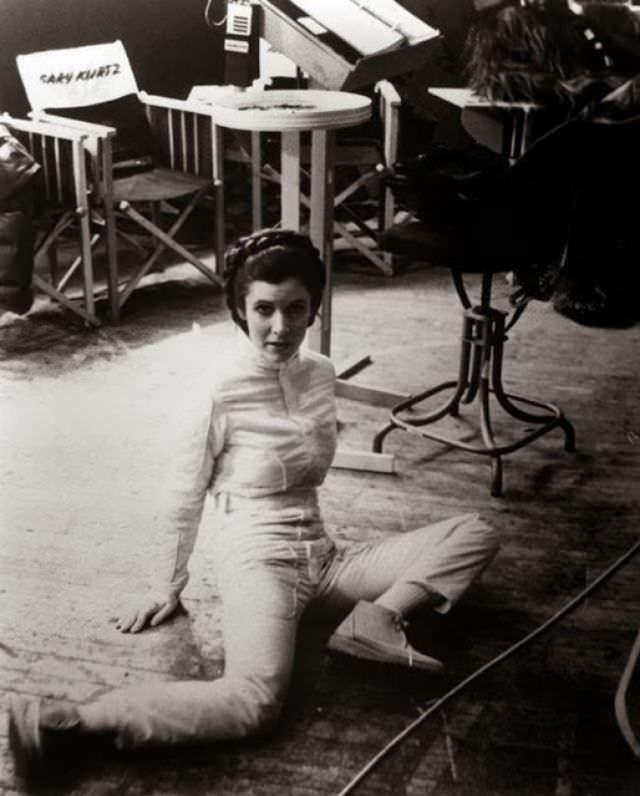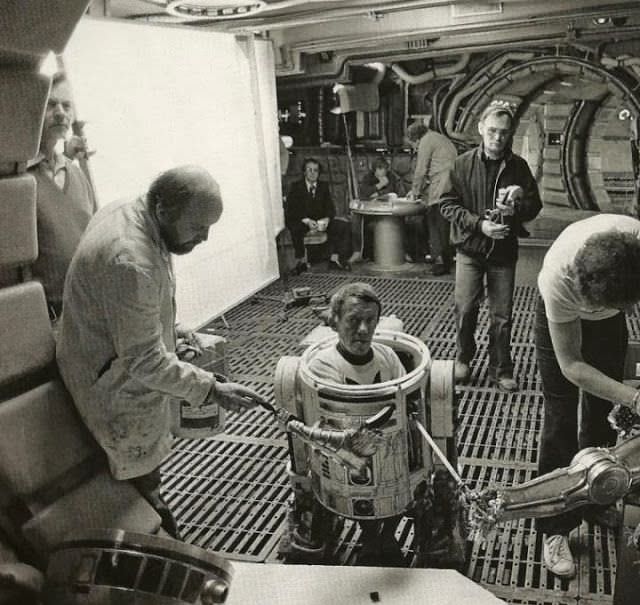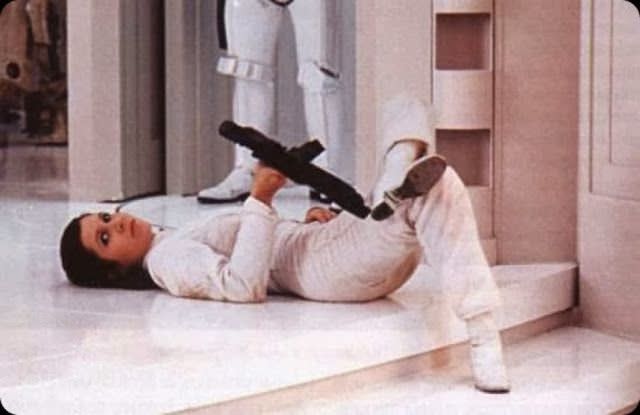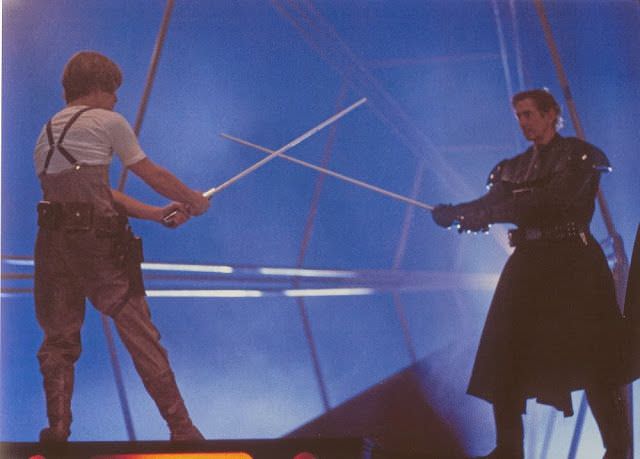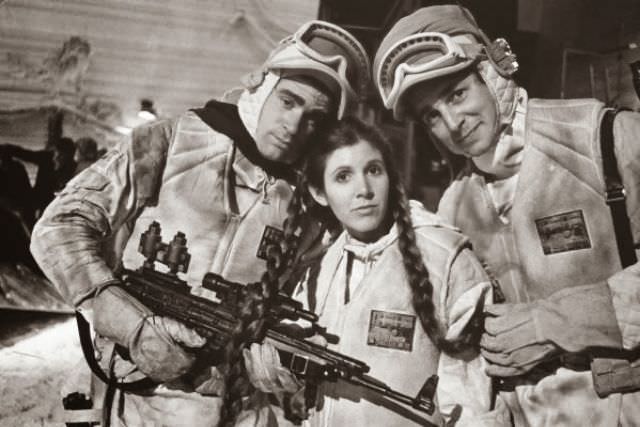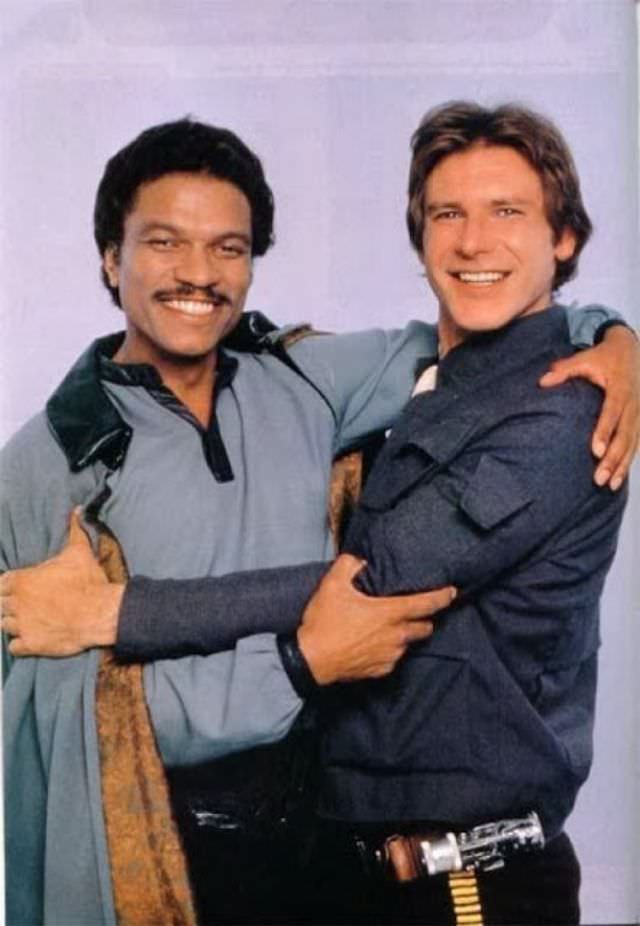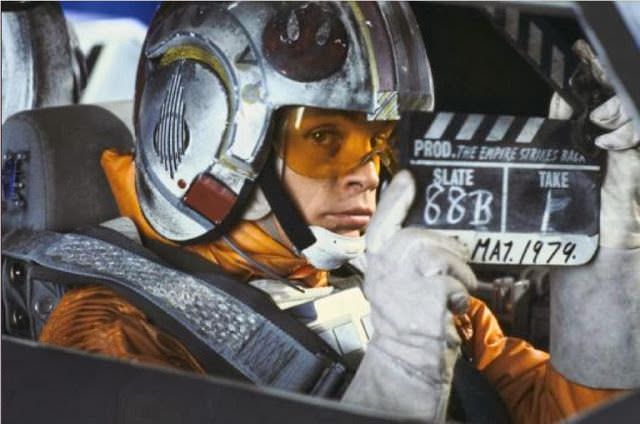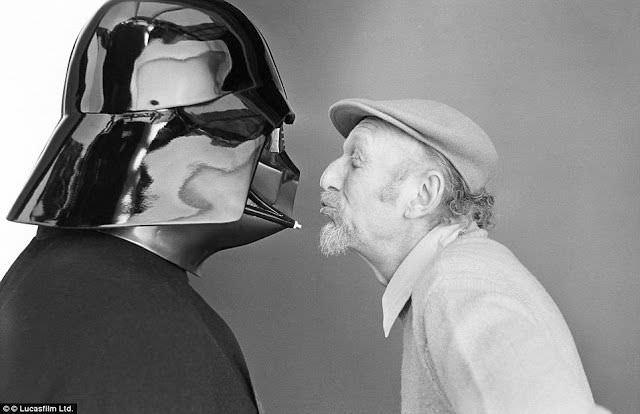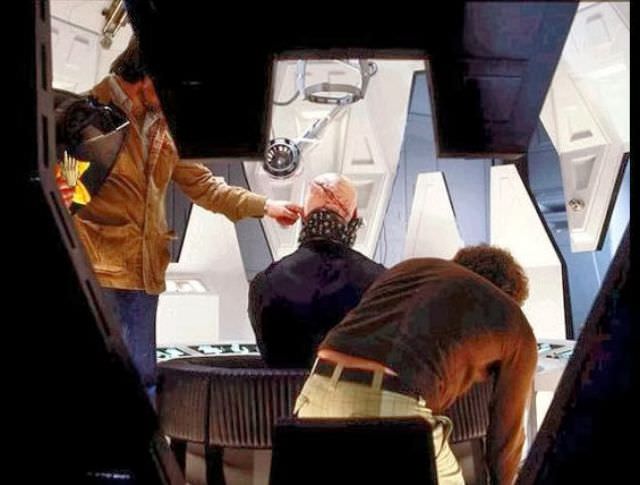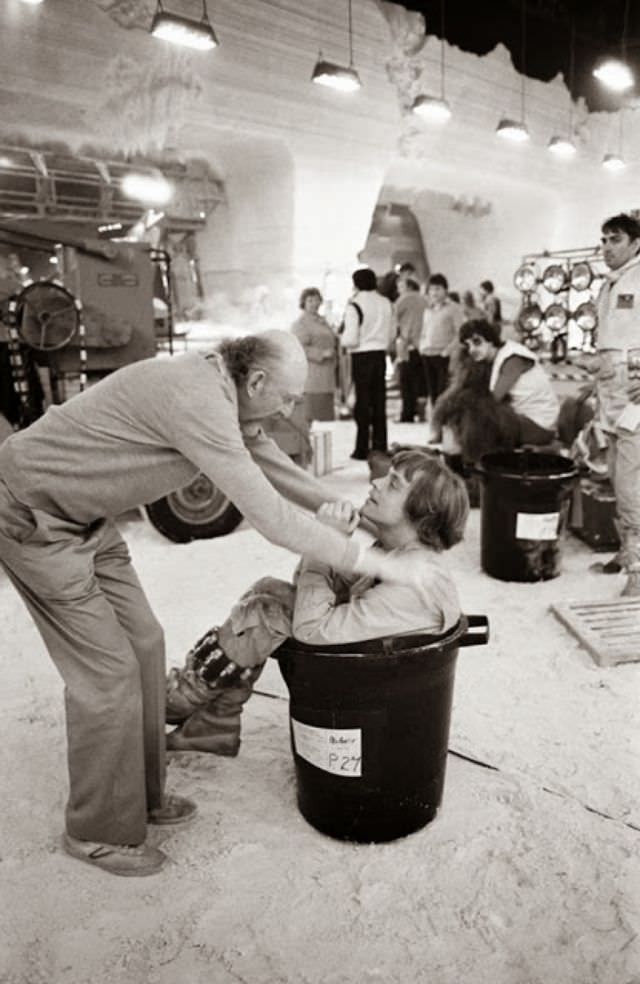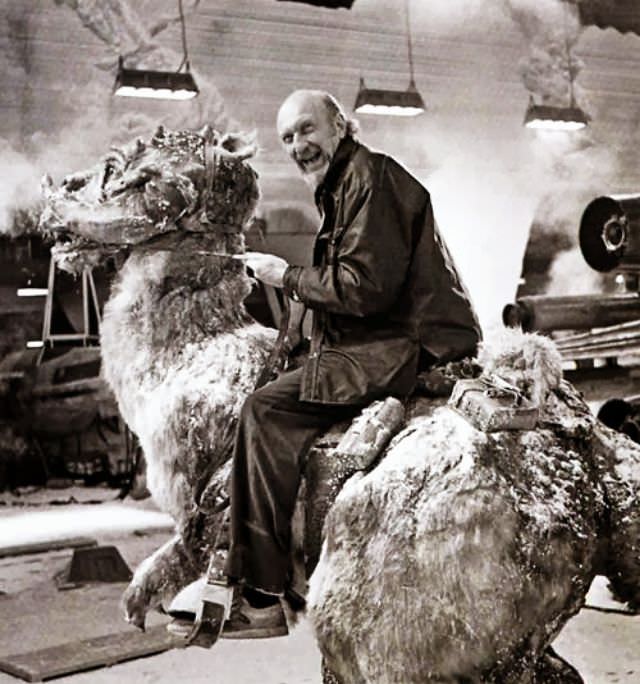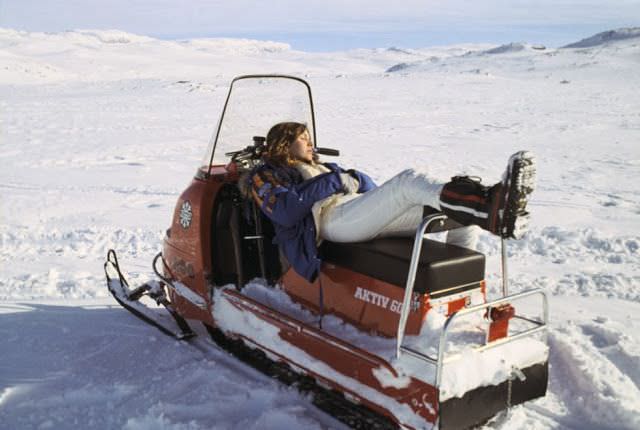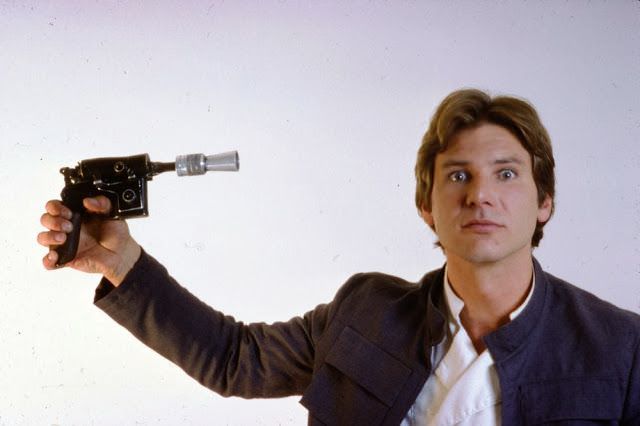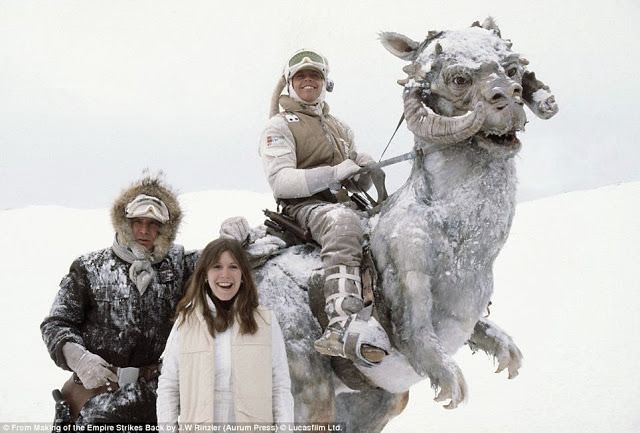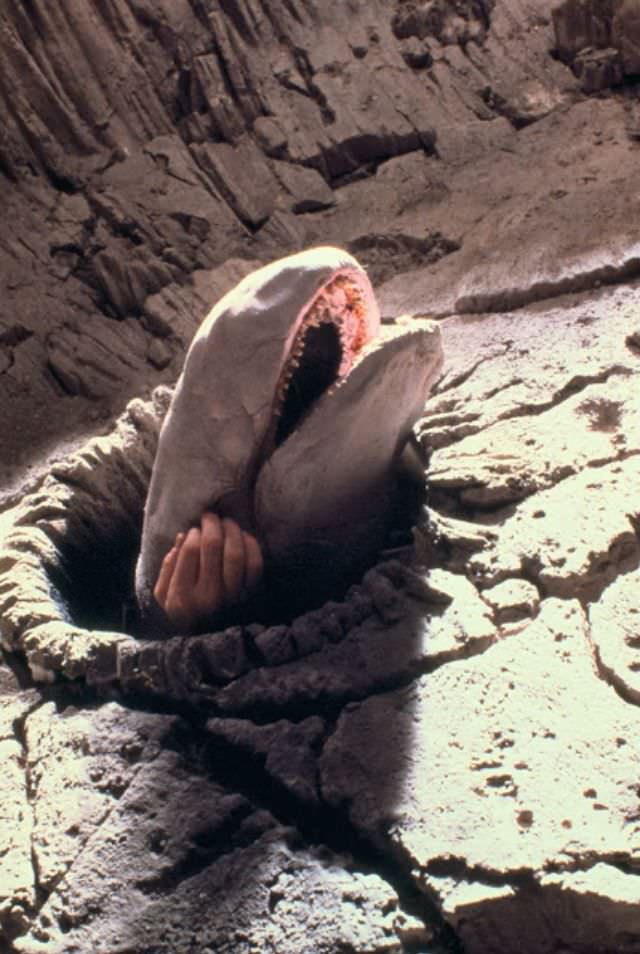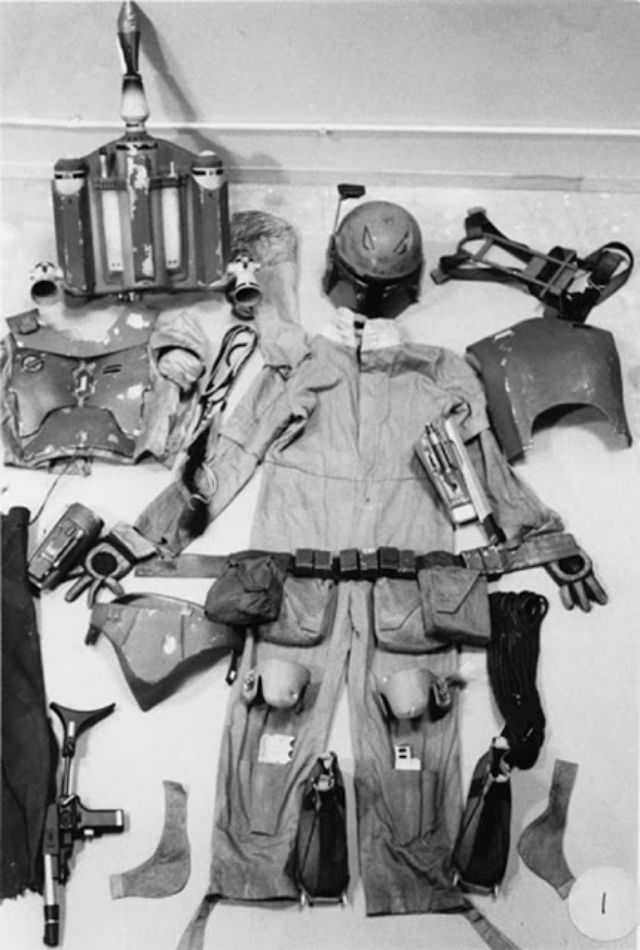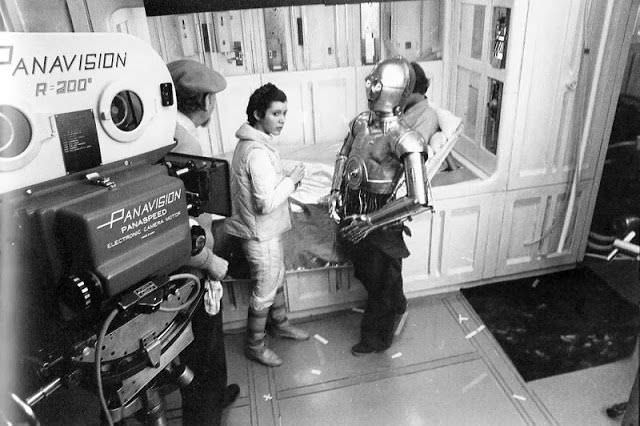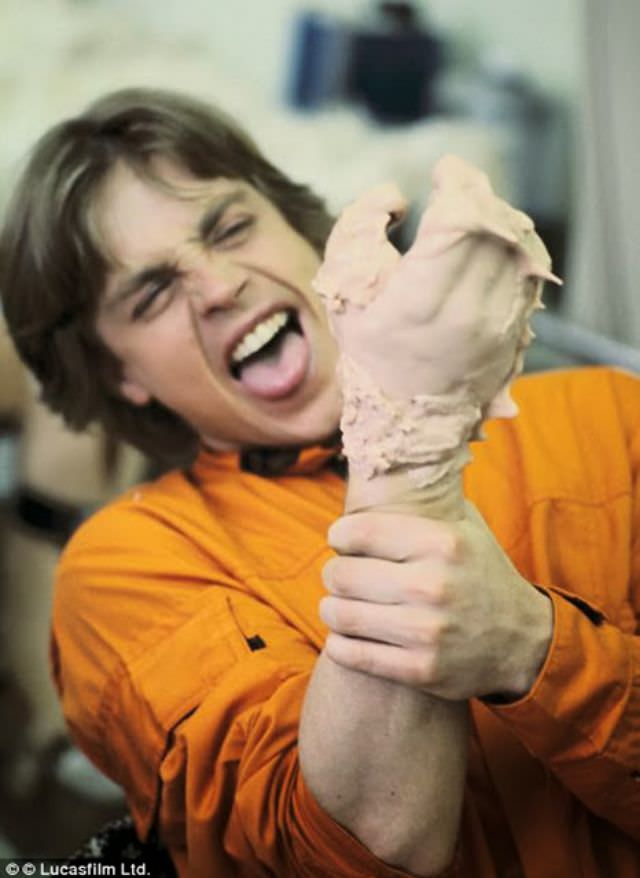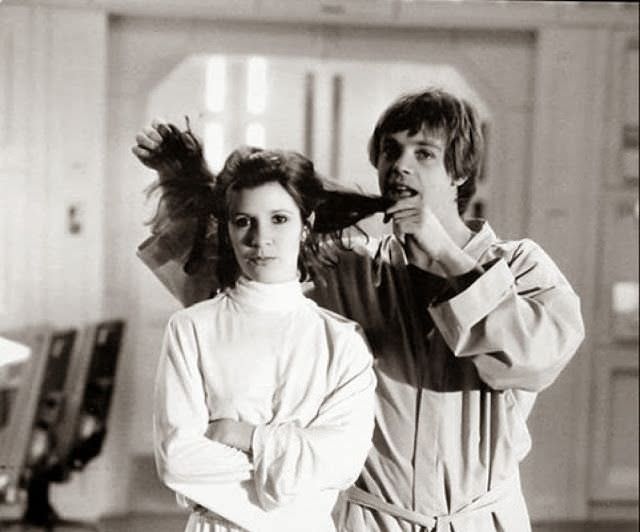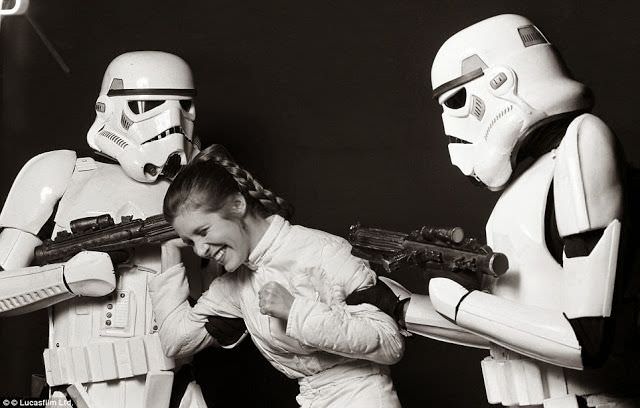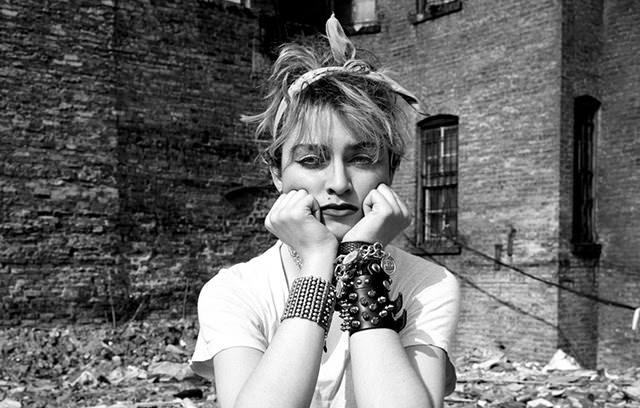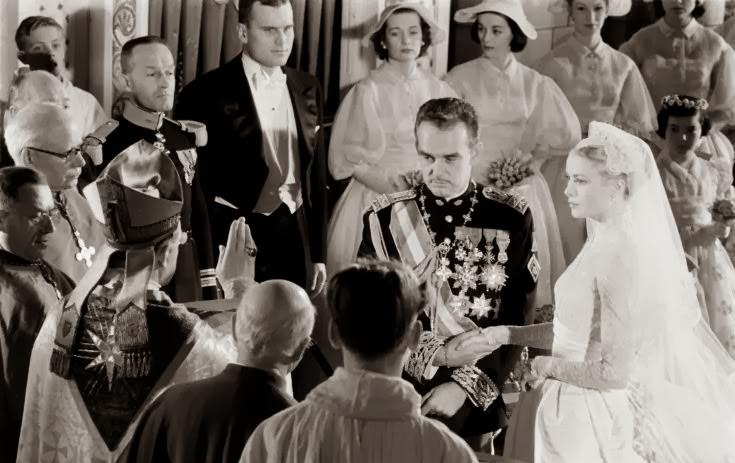Star Wars: Episode V – The Empire Strikes Back, which was released in 1980, was a huge undertaking. It was the follow-up to the first ‘Star Wars’ movie from 1977, which had become a massive hit all around the world. Making a sequel that lived up to that success was a big challenge for George Lucas and his team. George Lucas decided not to direct this movie himself, choosing to focus on overseeing the whole project and developing the story.
The job of directing ‘The Empire Strikes Back’ went to Irvin Kershner. Lucas picked Kershner because he was known for being very good at working with actors and focusing on the characters’ emotions and relationships. This was important because the story in ‘Empire’ was planned to be deeper and more serious than the first movie. It would explore the characters in more detail and introduce surprising twists in the story. The script for ‘Empire’ was indeed darker and more complex, expanding the galaxy and the personal struggles of the heroes.
Filming ‘The Empire Strikes Back’ took the crew to different places, both real and built on soundstages. Each location presented its own set of difficulties.
The movie starts on the ice planet Hoth. To film the scenes on Hoth, the production went to Norway during the winter. Filming in real snow and freezing temperatures was incredibly tough. The crew had to deal with blizzards and harsh conditions that made filming slow and difficult. They built parts of the rebel base sets out in the snow, and actors had to perform in heavy costumes in the freezing cold. The real snowy landscape provided the perfect look for Hoth, but it came at a price in terms of production challenges.
Read more
After Hoth, the story takes Luke Skywalker to the swamp planet Dagobah to find the wise Jedi Master Yoda. The Dagobah scenes were not filmed in a real swamp. Instead, a large, detailed swamp environment was built entirely on a soundstage in England. This allowed the filmmakers to control the environment, including the humidity, lighting, and the murky water. Building a whole swamp indoors was complicated but necessary to create the alien feel of the planet.
Another major location in the movie is Cloud City, floating high above the planet Bespin. These elaborate, futuristic sets were also constructed on soundstages in England. The look of Cloud City, with its clean lines and golden colors, was very different from the gritty feel of the Millennium Falcon or the cold of Hoth. Building these detailed sets required a lot of design and construction work to bring the city in the clouds to life.
‘The Empire Strikes Back’ introduced some iconic new characters. One of the most challenging characters to bring to the screen was Yoda. Yoda was not played by an actor in a costume; he was a puppet. The famous puppeteer Frank Oz operated Yoda and also provided his voice. Filming scenes with a puppet that interacts closely with a human actor like Mark Hamill (who played Luke Skywalker) was tricky. It required careful planning and coordination between Frank Oz and Mark Hamill to make Yoda seem like a real, living being.
Another new character was Boba Fett, the mysterious bounty hunter. Boba Fett was designed with unique, cool-looking armor that immediately made him stand out. He didn’t have many lines, but his striking appearance and reputation as a feared hunter made him a memorable addition to the galaxy. The character of Lando Calrissian was also introduced, played by Billy Dee Williams. Lando was an old friend of Han Solo and the administrator of Cloud City. He was stylish and smooth, adding a new dynamic to the relationships in the film.
Special effects were a massive part of ‘Star Wars’, and ‘Empire’ pushed the boundaries even further. George Lucas had founded his own special effects company, Industrial Light & Magic (ILM), specifically to make the effects for the first movie. ILM was responsible for the amazing visual effects in ‘Empire’.
ILM built detailed miniature models of spaceships like the Millennium Falcon and Star Destroyers, as well as vehicles like the AT-AT walkers seen on Hoth. These miniatures were filmed using complex camera movements to make them look huge and real. For the AT-ATs, techniques like stop-motion animation or manipulating the miniature models frame by frame were used to show them walking across the icy landscape. ILM also used matte paintings, which are painted backgrounds combined with live-action footage, to create the vast landscapes of planets or the views from Cloud City. Optical effects were used for things like the glow of lightsabers, laser blasts, and explosions in space. Bringing all these effects together seamlessly was a huge technical challenge.



